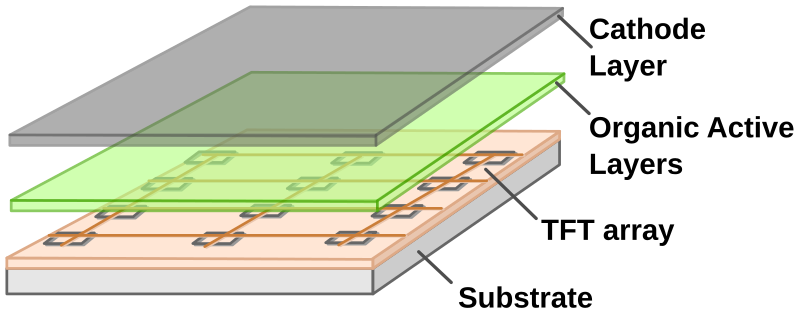Ultherapy: A Non-Surgical Alternative to Face-Lifts for Aging Skin

In a world where aesthetic treatments are becoming increasingly popular, many individuals seek non-invasive options to rejuvenate their appearance without the prolonged recovery time associated with surgical procedures. Ultherapy, a non-surgical skin tightening treatment, has emerged as a viable alternative for those hesitant about face-lifts. This article explores the experiences of individuals opting for Ultherapy, the procedure's effectiveness, and insights from medical professionals in the field.
Kelly Seebeck, a 48-year-old school administrator from Long Island, New York, shares her journey towards reclaiming her confidence through Ultherapy. After experiencing significant weight fluctuations and health issues, including a rare complication from breast implants, Seebeck turned to aesthetic treatments as she prepared for her daughter's wedding. Initially, she sought Botox, which provided temporary relief, but she felt that a more substantial intervention was necessary to address the sagging skin on her neck and jawline.
Ultherapy uses ultrasound energy to stimulate collagen production and tighten the skin, offering a non-invasive alternative to traditional face-lifts. According to Dr. Jennifer Levine, a board-certified plastic surgeon based in New York City, "Ultherapy is particularly beneficial for individuals like Kelly who may not be ready for surgery but desire noticeable improvements in their skin's appearance" (Levine, 2024). The treatment, which can cost around $6,800, is appealing for its ability to provide results without the need for extensive downtime.
Seebeck's experience with Ultherapy began in May 2024. The procedure involved a two-hour visit to Dr. Levine's office, where she received numbing medication and nitrous oxide before the treatment commenced. "I was surprised by how manageable the discomfort was; it felt like a rubber band snapping against my skin," Seebeck recounted. After the session, she noted minimal side effects, only experiencing slight redness similar to a mild sunburn.
Many patients report subtle yet significant changes in their skin texture and elasticity following Ultherapy. Dr. Levine highlights that while results can vary, patients typically begin noticing improvements within a few weeks, with optimal results appearing around three to six months post-treatment. Seebeck's journey exemplifies this timeline; she started seeing improvements in her skin's texture and overall appearance, leading to compliments from colleagues and friends alike.
However, it is essential to consider various perspectives regarding the efficacy and suitability of Ultherapy. Dr. Sarah Johnson, a dermatologist at Harvard Medical School, notes that while Ultherapy is effective for many, it does not replace surgical options for individuals with significant skin laxity (Johnson, 2023). Furthermore, some patients may experience less dramatic results, emphasizing the importance of realistic expectations when pursuing any cosmetic treatment.
The increasing popularity of non-surgical options like Ultherapy reflects broader societal trends towards self-care and personal appearance. As more individuals seek treatments that fit seamlessly into their lifestyles, healthcare professionals are adapting their practices to meet this demand. According to the American Society of Plastic Surgeons, the number of non-surgical procedures performed in the United States has risen significantly in recent years, with Ultherapy being among the most requested treatments (ASPS, 2023).
Seebeck's positive experience serves as a testament to the potential benefits of Ultherapy, not just physically but also psychologically. She states, "It made me realize that it is possible to feel like yourself again, to transform back to who you were when you were a bit younger." As she approaches her 50th birthday, Seebeck plans to continue her relationship with Dr. Levine and explore future treatments to maintain her newfound confidence.
In conclusion, Ultherapy represents a significant advancement in the field of aesthetic medicine, providing individuals with a non-invasive alternative to traditional face-lifts. As medical professionals continue to refine their techniques and improve patient outcomes, the demand for such treatments is likely to grow. Ultimately, the decision to pursue any cosmetic procedure should be made with careful consideration and consultation with qualified professionals to ensure the best possible results.
Advertisement
Tags
Advertisement





